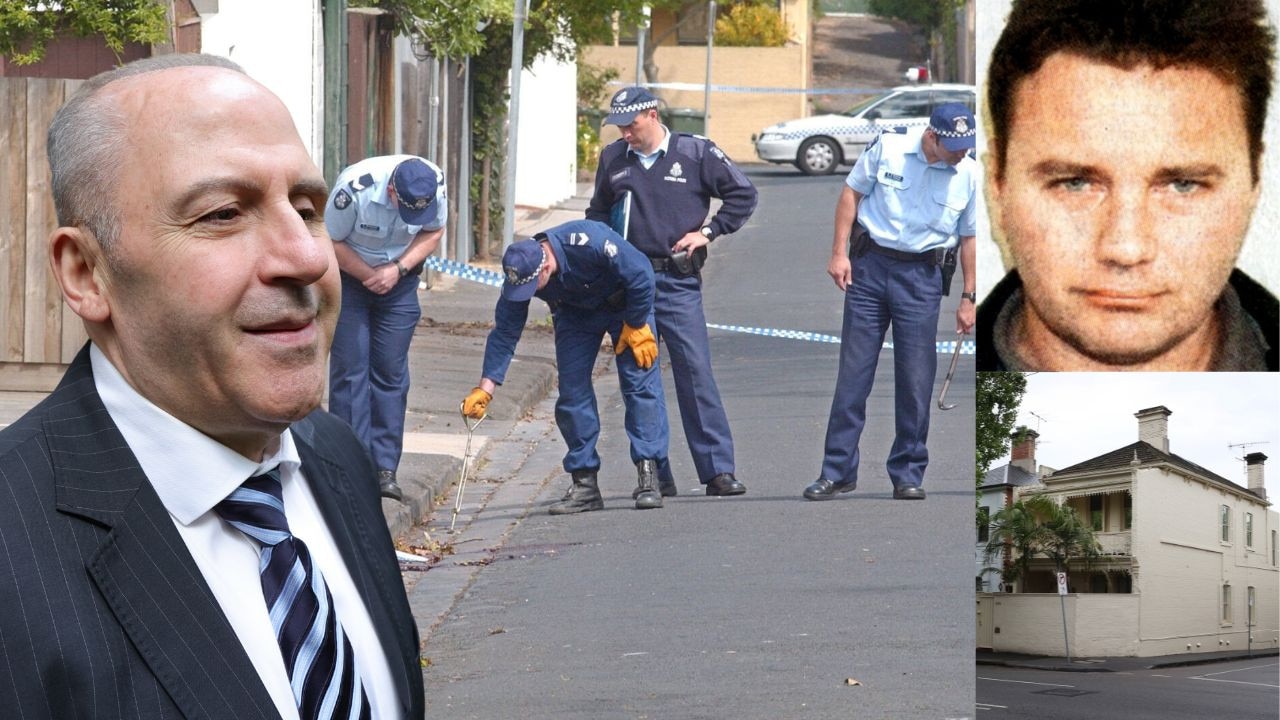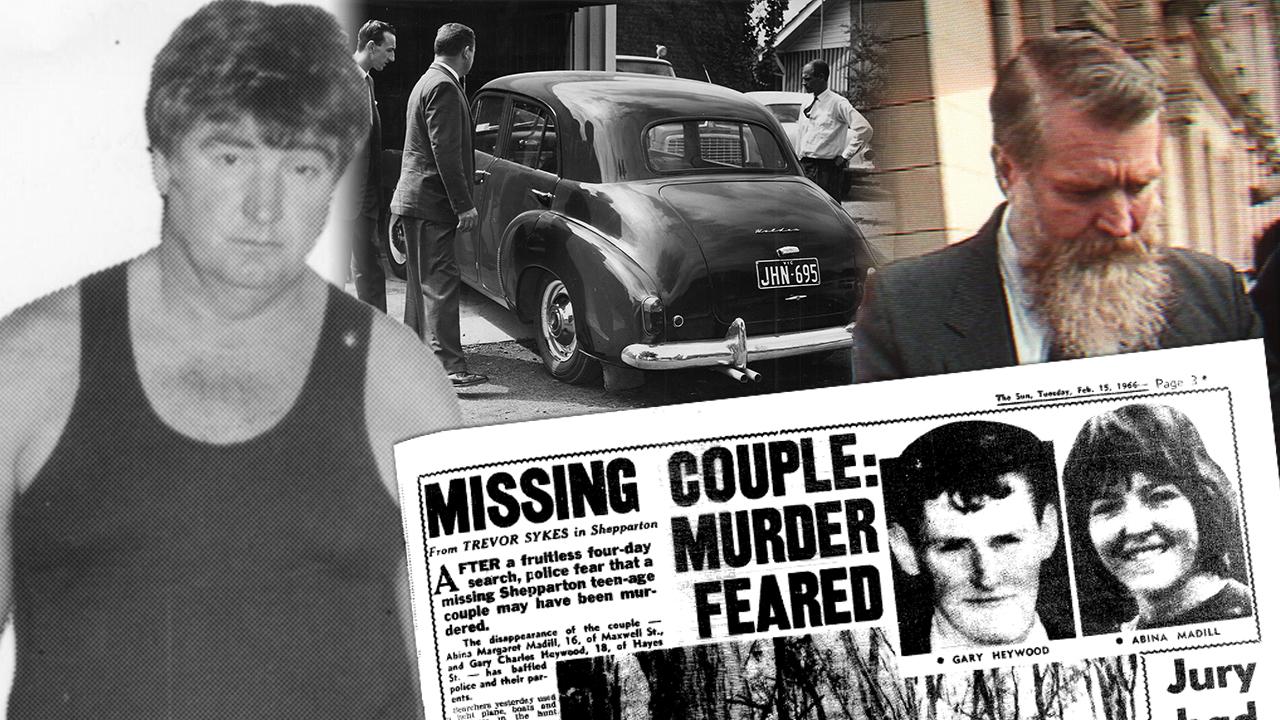Andrew Rule: Unsolved pack rape on Melbourne Cup Day 1976 continues to haunt me
For veteran crime writer Andrew Rule, unsolved cases stand out long after others fade. The horrific pack rape of two innocent girls on Melbourne Cup Day 1976 continues to haunt him.

Andrew Rule
Don't miss out on the headlines from Andrew Rule. Followed categories will be added to My News.
It’s the ones who get away that haunt you. Looking back over 40 years of writing crime stories to compile a book, unsolved cases stand out long after others fade.
To have their story told powerfully and publicly is often the nearest that victims get to justice. They live in hope of breakthroughs that might finally lead to an arrest.
Just before writing these words, I had a long conversation with a woman we’ll call “Donna”, the name she used when I first told her nightmarish story.
Donna is intelligent, fierce, sensitive, articulate — and, as she says herself, damaged. Damaged by a crime of such calculated and cold-blooded menace, committed by a group of young men who got away with a pack rape that sounds like an act of wartime savagery, not a night out in suburbia.
In the current wave of terrifying home invasions by gangs of armed youths, it’s worth remembering they aren’t the first. Young men have always been capable of terrible acts.
For Donna, it happened in the spring of 1976, when she and her schoolfriend “Angela” (not her real name) were abducted and repeatedly raped.

It’s Melbourne Cup day. The wettest Cup ever, run in a deluge. Thunderclouds block out the sun, streets flood, wind uproots trees and wrecks roofs. Flemington is a paddy field.
There are public holiday events. At Festival Hall, the old West Melbourne stadium, thousands turn up for Cup Day Rock.
Among the crush of teenage girls there to see the pop idol Mark Holden are two Year 9 classmates who have caught the train from the outer east.
Outside the hall is a beige station wagon with tools in the back. In it are three youths. One of them Donna knows as “Wayne Thompson” after meeting him at the Rocktober concert nine days before. The other two both call themselves “John”.
Donna is but not yet street smart. She’s impressed that Wayne, who’s fair-haired and pleasant-looking, bothered driving to Box Hill during the week to meet her. That he’s older, with a car and money, makes him seem desirable. She doesn’t know it also makes him dangerous.

Not until too late does she realise that Wayne is “bait” and his task is to “chat up” vulnerable girls at concerts. As soon as she and her friend Angela agree to go to the “party”, he says there’s not enough room in his station wagon — but, don’t worry, his friends will take them.
On cue, a red Torana pulls up next to them: the classic 1970s baby muscle car, as driven by Peter Brock at Bathurst. Two doors, black bucket seats, billiard ball on the gearstick and huge TORANA sticker across the top of the windscreen. And four young men inside. All strangers.
The big man on the passenger side unlatches the seat so Angela can climb in the back. Donna realises she has to sit on the passenger’s knee in the front. She’s not happy but it’s so uncomfortable it reinforces the idea of a very short ride to a party nearby.
There’s no party nearby. Instead, they drive to the western suburbs. Both cars pull into a service station. The big guy is thick set, has a crease across his nose and a strong accent, either Greek or Italian. He gets out of the passenger seat and talks to Wayne, as if doing a drug deal. It is a deal but not drugs.
Donna is spooked but even if she jumps and runs, she thinks, Angela is trapped.
The cars head further out, past Williamstown rifle range to industrial wasteland behind the Altona beachfront. They stop. Donna jumps out and runs to Wayne’s car. “What’s going on?” she yells.
“What’s the problem?” he says. One of the others says words she never forgets: “We’re doing a deal.”
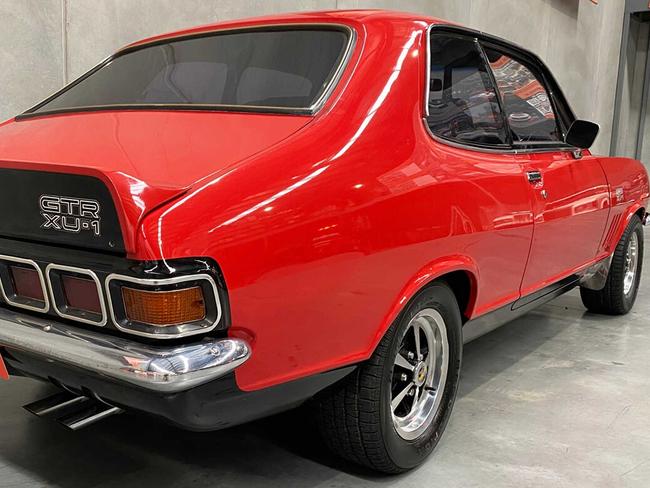
She hears a thud and a scream. The big man has knocked Angela down and is dragging her along. Donna begs Wayne and the other two for help. They drive off.
The betrayal is complete. The nightmare has begun. A lifetime later, it hasn’t finished.
Donna says “You don’t want to do this.” The big guy flashes a knife and snarls “Why don’t you f---ing shut up.”
She’s 15. It’s not until Donna is twice that age that she finally finds the words to describe what happened over the next terrifying hours. It comes after years of running from it.
By 1992, as a successful workaholic, what a friend recalls as a “sparky, mischievous, bossy girl,” she unravels. She stays home, curled in a ball and crying. After talking to friends and a psychologist, she finally returns to Victoria to the police. A kind police woman spends 10 hours taking her statement, recording every chilling detail.
For the statement, she recalls every scene as if it is a film. How they first rape Angela in the car. Then two of the men push and abuse her, calling her a “f---ing slut”, “stupid bitch” and “hopeless c---.” And “boutana” or “puttana”, Greek and Italian variations of whore.
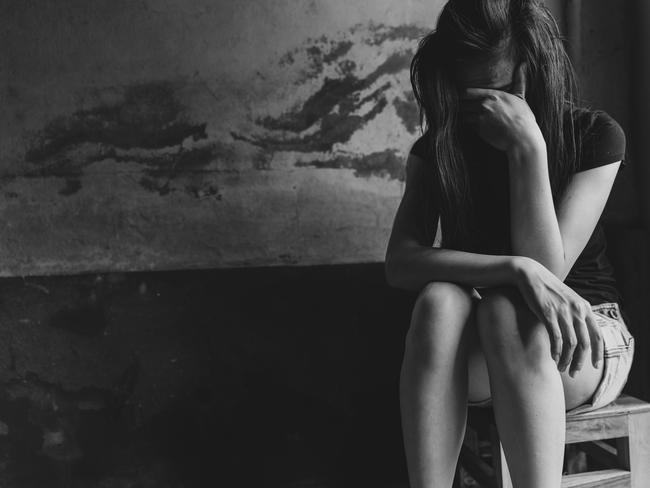
When Donna refuses to undress, one snarls “smart bitch”, shoves her face down on the car bonnet and drags her jeans down, one holding her hair while another assaults her. It is obscene, violent, terrifying beyond words.
Donna is numb with fear — and concern for Angela, who is sobbing. When the men zip up their pants, she thinks it is over. It isn’t.
Waiting a few hundred metres away is a brown Ford station wagon with curtains in the back and two men in it. The big guy orders the girls into the Ford. He gets in, too, as if he owns them.
The Ford pulls into empty parkland on the Footscray bank of the Maribyrnong River opposite the racecourse. They are raped again.
The Ford takes them towards Kensington and North Melbourne, to a deserted car park below a building. A V8 car arrives with more men. Donna tries to encourage Angela but fears the worst, that their ordeal is heading for a sinister climax.
“I was frightened we were going to be annihilated.”
The newcomers all rape Donna. Except the last one, the 12th to straddle her that day. The others called him “Steve”. He is smaller and quieter than the rest. She whispers to him: “Help get me out of here.”
He quietly helps her dress then calls to the leader, “Mate, it’s getting late. Why don’t we get rid of them?”

They drive to a lane besides North Melbourne railway station and are pushed out like pieces of rubbish. They’ve avoided death but their life sentences are just beginning.
Later, Wayne calls to say his telephone has been disconnected and she won’t be hearing from him again. Her own family do a version of the same thing: moving interstate to get away from the scene and the shame of the crime.
Donna’s fractured life, such as it was, went on. She lost touch with Angela, who would keep the ordeal secret.
Fast forward. In 1993, a friendly Footscray detective named Richard Parsons picked up the case and identified one of the “Johns”, who had a string of convictions. John denied anything to do with the rapes but Parsons noted that one of his associates was a Wayne X.
The only way to make a long story shorter is to say that Donna later spent countless hours scouring old Melbourne telephone directories to prove who Wayne X was. She was able to do this because of an amazing coincidence.
In June 1996, she was going through old stuff jammed in a suitcase brought from Melbourne 20 years before. In it were old school notes. Out of them fell an orange ticket to the 1976 Rocktober Concert. And on the back was handwritten “Wayne” and a telephone number.
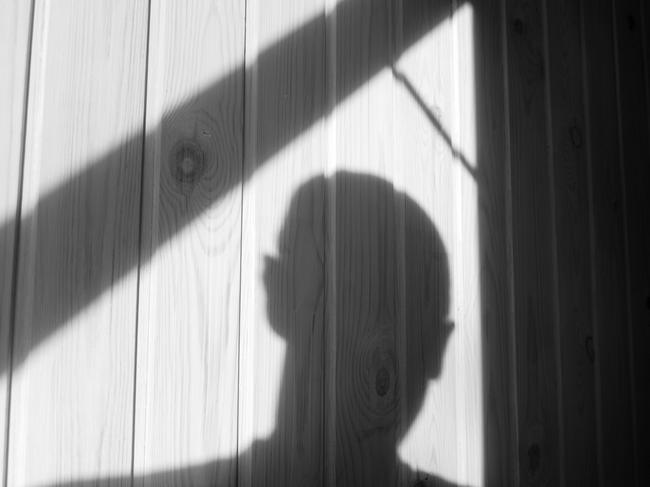
It was enough to start searching for a needle in a haystack — a number in the 1976 telephone book. She found the number among 655,000 others, but it was listed as a “T. Fennell” and she had no way of knowing who that was. The Fennell address was a block of rental flats in the western suburbs which had obviously had dozens of tenants over the years.
In fact, the Fennell family had moved out of Millers Rd back in 1974. So their old number, the one on the concert ticket, had been allocated to someone else. There was no way of knowing any of that until this reporter traced Tony and Doris Fennell to Gippsland and they explained they had quit the number well before 1976. Whoever got the number next was the key, but that unknown name had not made it into the 1976 directory.
In 2003, Det. Parsons showed Donna a better quality picture of the Wayne X he suspected was “Wayne Thompson”. She agreed but needed to be sure. She went to the State Library and searched the 1977 directory. She ran her finger down columns for hours — and eventually found the number she’d written on the Rocktober ticket 26 years earlier. Final proof that Wayne Thompson was Wayne X.
Before Parsons retired from the force long ago, he prepared a file that identified Wayne X and his criminal mate John and others who’d run together as young men.
Later, two other women came forward to tell police they’d been victims of the same gang, and identified some of them. Police established that two of the men had died. But that, so far, is as close as Donna has got to justice.
Since then, she asserts, the case has stagnated through neglect. On flying visits to Melbourne, Donna has urged a new generation of law enforcers to show their dedication to policing violence against women. So far, she says, they haven’t even been able to find the file that Richard Parsons prepared for those who followed.
Meanwhile, Donna is doing her best to go it alone. She still believes the red Torana is the strongest clue to the gang leader’s identity. It was the sort of car that young men prized in the 1970s. Someone, somewhere, will have a snapshot of it and will remember who drove it in 1976. And will know who his mates were.
Life & Crimes: true stories from Australia’s underbelly. By Andrew Rule. Macmillan. RRP $36.99


